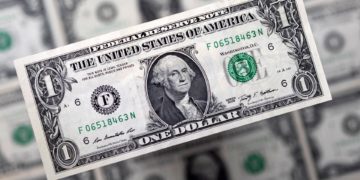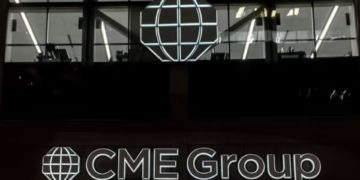Binary options trading has long existed over-the-counter, only experiencing a massive growth spurt in the last few years.
Now, approximately 90 companies (including those who white label their products) offer some sort of binary options trading service.
So okay, it’s a growing industry… But why should you involve yourself in it?
Why should you learn a whole new type of trading when you’re already learning spot forex? Isn’t it better to something you already know?
There are many advantages and disadvantages to both binary options and spot forex.
We’ll touch upon a few and hopefully, you can determine which trading instrument may be right for your trading style.

Among the possible application requirements are that binary options brokers fall under the Investment Services Category 3 license and will be subject to a minimum capital requirement of €730,000.
If you’re planning to open a binary options account, make sure you do so with a regulated broker.
Regulated brokers are usually held to higher operating standards, and if you do have issues (e.g., trade execution, withdrawing funds, etc.), you have a higher power to help you resolve those issues with the broker.
Although unregulated brokers shouldn’t automatically be viewed as scammers, trading with them could entail risks such as a lack of guarantees that the firm’s operating funds are kept separate from client funds.
Plus, there will be no one to hear your case and take action on your behalf if you have an issue.
Max Risk
One of the great things about binary options trading is that you always know the exact maximum gain or loss in advance.
The trader controls the premium at risk to enter the binary option trade, and that is the only amount that can absolutely be lost.
Most binary option brokers even allow you to cut your max loss by “folding” your trades ahead of expiration after certain types of trade conditions have been met.
In contrast, with spot forex, even with a stop loss order set, you cannot be 100% certain that you will lose only the pre-calculated amount that you risked.
While improbable, there’s always the chance that certain issues may affect your final max risk like slippage, lack of liquidity to execute a stop order at the desired price, a broker’s trading platform goes down, etc.

Trade Management Flexibility and Maximizing Reward
Aside from High/Low options, many of the binary option plays are only available at certain times of the day or week, and most times the strike prices are set by the broker.
Even if you have an idea of how a market might behave within a certain time frame, you may not have the best option available to you to play your idea.
With spot forex, you are able to enter limit orders for any price or execute a market order at any time during open market hours.
In terms of exiting open trades, some binary options brokers allow you to close options trades early, but usually only after a predetermined amount of time has passed after the option trade has opened and before it closes.
And as mentioned before, the value that is returned to the trader is based on whether the market is in-the-money or out-of-the-money and of course, with a piece going to the broker.
In spot forex, you can close your trade at any time (except on weekends with most brokers). Even if it’s one second into the trade, you can get out and book profits or reduce losses.
Finally, if you think there’s going to be a long trend and you want to maximize your profit on it by holding it as long as possible, you can do so in the spot market using scaling in and trailing stop techniques.
With a binary option, the expiration date and cap on profits limits you; you’re out of the trade as soon as you close or the option expires.
Depending on your risk and trade management preferences, either trading instrument can be good or bad depending on how much time you want to spend in front of your trading platform, how active you want to be, or what you expect the market may do.

Transaction Costs
In binary options trading, there are no additional transaction costs other than what is normally factored into the final payout.
In spot forex, the transaction cost comes in the form of a spread, a commission, or both. We’ve already discussed this in a previous chapter, but feel free to revisit the lesson and read up on it again.
Trade Choices
Another great thing about binary options trading is that you aren’t limited to just currency pairs like with most retail forex brokers.
While currency pairs are the most common assets you can trade, with some binary options brokers, you may also have the opportunity to trade your ideas on a limited number of individual stocks, stock indices, and even commodities.
Volatility Risk
Surprise volatility is not usually an issue in binary options trading. Any trade you take can weather the volatility caused by certain events.
Provided that your view turns out to be correct, you don’t need to worry about the market’s knee-jerk reactions.
The max risk is still set, but so is the max reward.
In spot forex, however, sharp swings can affect the value of a position greatly and very quickly, which makes the additional task of setting up proper risk management processes very important.
Trader Error
The margin for error when entering a trade is very small in binary options trading.
This is due to the fact there are only two actions to take with binary options: open and close.
There are no limit orders to keep track of, or to close or adjust. In spot forex, an inattentive trader may forget to place exit and/or adjustment orders, potentially creating a loss greater than he/she intends.











































